A line is determined by length, but it has no breadth. A geometric figure that can travel in both directions is a line. There are indefinitely many points that make up a line. It has no beginning and no finish on either side. One dimension is a line.
Ancient mathematicians first used a line or a straight line in geometry to depict linear objects with minimal breadth and depth. It’s frequently explained in terms of two things.
In the notion of analytic geometry, a line in the plane is frequently described as the set of points whose coordinates fulfill a particular linear equation; however, in the concept of incidence geometry, a line may be an independent entity, separate from the set of points which lie on it.
The fundamental building blocks of geometry are points, lines, and angles, which together determine the shapes of an object.
A rectangle with four vertices indicated by a point, four sides depicted by lines, and four angles, each measuring 90 degrees, illustrates a combination of attributes, bars, and curves. Using these three fundamental figures, we may similarly describe numerous forms, like the rhombus, parallelogram, square, kite, cube, cuboid, etc.
Types of Lines
In mathematical geometry, the basic types of lines are mentioned below:
- Horizontal lines
- Vertical lines
- Parallel lines
- Perpendicular lines
- Intersecting lines
Horizontal Lines
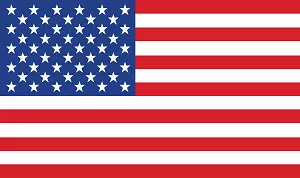
A horizontal line is a stripe that is perpendicular to the x-axis. The x-axis is parallel to a horizontal line. This line does not cross any X-axis points. A line is considered flat when it goes straight from left to right.
Some exciting examples of horizontal lines are mentioned below:
- You can easily see the horizontal line where the sea meets the sky on the horizon
- While lying down on the bed or floor, you are in a horizontal position
- The stripes on an American flag are also horizontal
Vertical Lines
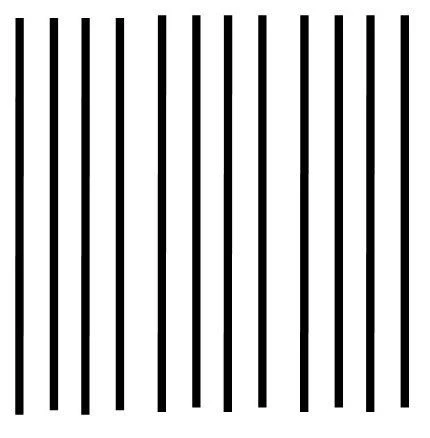
A line that moves from bottom to top or vice versa is considered a vertical line. It is entirely parallel to the y-axis in an XY coordinate plane.
There are a lot of examples in our daily lives, such as
- Tall trees on the side of a road
- Pillars supporting buildings
- Electric poles
- Traffic lights and road signs
In the above example, one thing in common, all the things are straight up. They can intersect anything which comes horizontally in their way.
Parallel Lines
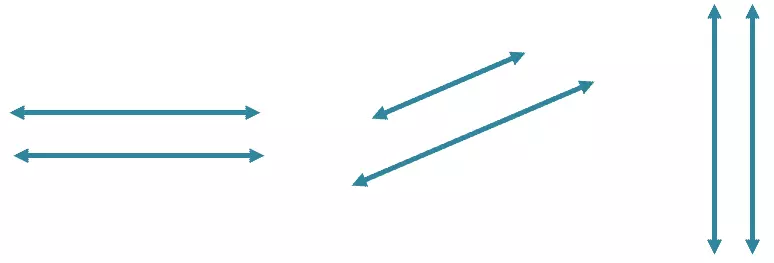
Two parallel lines move together and are separated by a certain distance. These lines do not intersect with each other at any point. Furthermore, they are independent of the length. Also, they are represented by all. The fixed distance remains between them.
Parallel lines play a significant role in your lives. Some interesting examples are mentioned below:
- Railway tracks run similarly to each other
- The ruler edges are similar to one another
- Zebra crossing on the road are parallel
- Staircase or railings shows the concept of parallel line

Perpendicular Lines
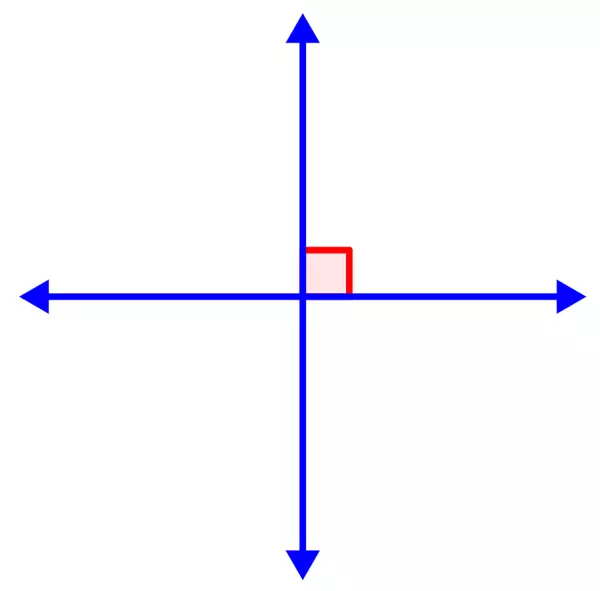
In this case, two lines intersect each other at a right angle. They are called perpendicular lines because they cut each other at an angle of 90 degree. Vertical lines are represented by the sign (⊥).
Some exciting examples of Perpendicular lines are mentioned below:
- The walls and floor of the house are perpendicular to each other
- Cross design in windows
- Clock hands at 3 o’clock
- Television or LED screen boundaries

Intersecting Lines
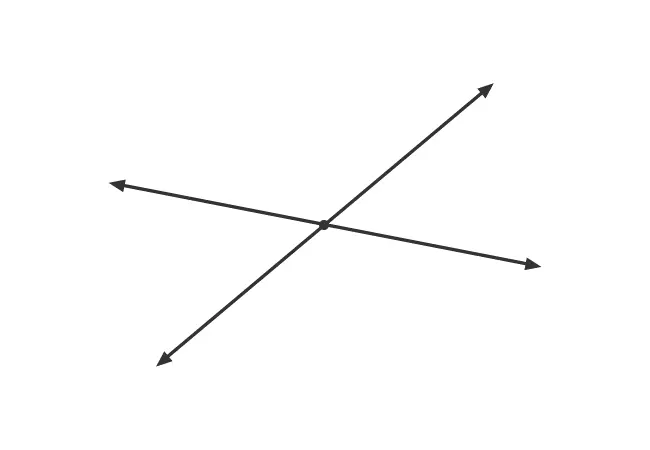
When any two lines meet at any point, they are said to be intersecting lines. The point at which they intersect is known as the point of intersection.
Intersecting lines play an essential role in your lives. Some common examples are given below:
- The arms of any scissors meet at a point of intersection.
- Two roads come together to form a crossroad.
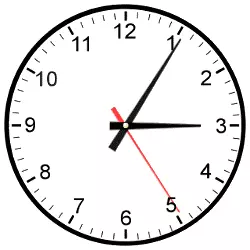
Other Types of Lines
Above mentioned types of lines are essential and typically use geometry and other branches of mathematics. But there are some different types of lines that you may encounter in any particular case. Following are some other types of lines:
- Tangent lines
- Secant lines
- Concurrent lines
- Skew lines
- Transversal lines
- Coplanar lines
Final Thoughts
In simple words, the line is a one-dimensional figure which is straight and does not have any thickness. It can stretch in both directions. The bar is an essential element in mathematical geometry and uses excessively. You can use the line in any way as it is very flexible. Furthermore, it is a fundamental feature of drawing. The basic knowledge and understanding of lines allow you to explore new ideas.
